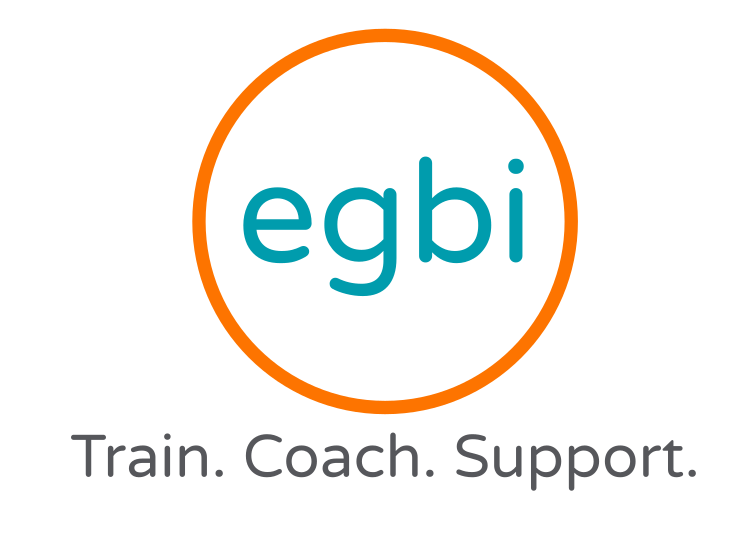How to review and read your balance sheet as a business owner
By Anwuli Chukwurah
The Balance Sheet is also known as the Statement of Financial Position (nonprofits), and this shows you the balance between how much you own (assets), how much you owe other people/companies (liabilities), and the book value of your company (equity). Like the income statement, you read it from the top and then move down the report. It tells you the ending balance of your accounts at a singular moment in time. Most business owners ignore this report and focus on the income statement, which causes you to be short-sighted with your business. If you can’t tell how much debt you have, how often you can turn your assets into cash, and any other future payments you may have, then you will always feel behind. Your balance sheet should always balance—Assets always equal liabilities plus equity.
When you’re reading your balance sheet report, you’re looking for months that break the trend you see. What’s weird? Why’s one month significantly lower or higher than the rest? Why are your total assets lower? Why are your total liabilities higher? Why is your total equity higher? You should be able to determine the answers to these questions as you review your balance sheet. All three financial statements are connected, and you shouldn’t favor one report over the other. Your net income from your profit and loss statement is connected to your balance sheet in the equity section. A monthly review of all three financial statements helps give you a complete picture of your business.
There are three main sections to a balance sheet:
- Assets
- Current Assets
- Long-Term Assets
- Liabilities
- Current Liabilities
- Long-Term Liabilities
- Equity
- Owner’s pay & investments
- Investments from others
- Retained Earnings
Assets
Your assets are divided into current and long-term assets. Your current assets include your bank balances, accounts receivables, and inventory. Your current assets mean that you can quickly access your cash immediately, or if you need cash within 12 months, it’s possible for you to sell more inventory and call on your customers who owe you money (accounts receivables). Long-term assets include purchases such as equipment, vehicles, and properties. These assets will take longer than 12 months to turn into cash. It’ll be harder for you to access cash for immediate needs quickly.
Liabilities
Current liabilities include your credit card balance, lines of credit, and accounts payable (vendors/contractors that you owe) — bills/debt you must pay within 12 months. Long-term liabilities include your larger loans and other long-term debt you may have. These loans usually don’t need you to pay the full balance within 12 months. Some debt is good to help you grow your business, but being over leveraged (having more liabilities than assets) will cause you to constantly be scrambling for cash to keep up with your interest and principal payments and may eventually go bankrupt. So, be careful when taking on debt, and always have a plan of how you’re going to pay your debt back while growing your business.
Equity
Equity has three main sub-sections: owner’s pay or investments, investments from others, and retained earnings. As the business owner, any dividends or transfers from the business account to your personal account will be recorded here. Unless you legally turn yourself into an employee, all the money you pay yourself as the owner is recorded on the balance sheet, which doesn’t show up as an operating expense on the income statement! Also, if you invest in the company with your personal money, it’s recorded in the equity section, as well as any other investments you receive from others. Retained earnings are the cumulative net income from starting your business. So, if you’ve lost money from the beginning, your retained earnings will be negative, and if you’ve been net positive, your retained earnings will be positive.
The balance sheet reports help you see your business as a whole, while the income statement only shows you one portion of your business. Having a positive net income means your retained earnings increase, which in turn means you have more cash in your bank. But you may have to use some of that cash to pay your liabilities. Next week, we’ll talk about how reviewing your cash flow statement will help you confidently see if you have enough cash to pay your expenses for next month.
About the author:
Anwuli Chukwurah is a versatile finance professional with a track record of starting new finance organizations and scaling them for growth in fast-paced entrepreneurial environments. She has over 6+ years of experience working with small business owners, startups, and nonprofit organizations to help connect finance with their business goals. She aims to ensure her clients become comfortable and adept at navigating their numbers. She works with clients at Woolichooks and writes a newsletter for non-finance folks.
Find the Spanish version here.
